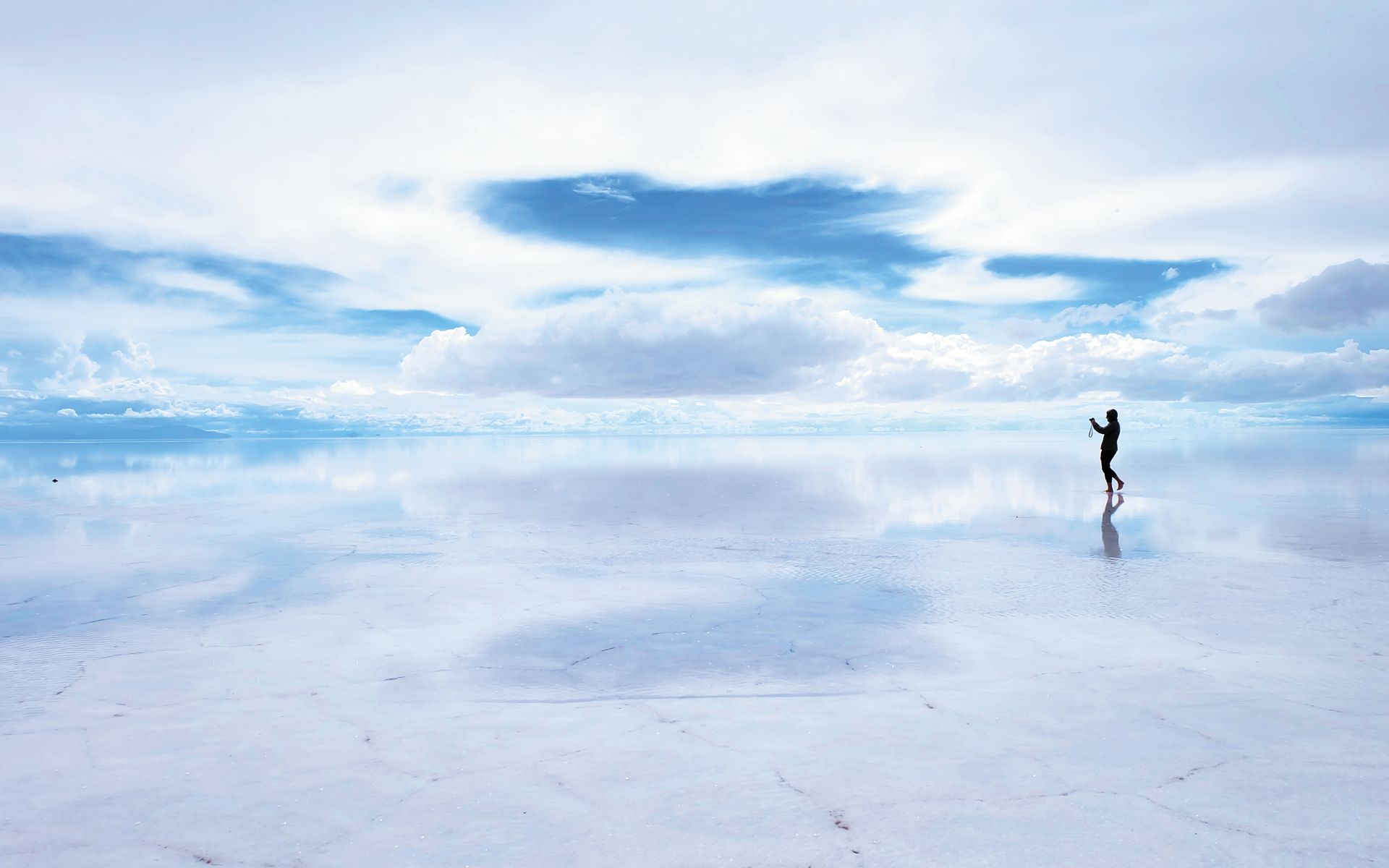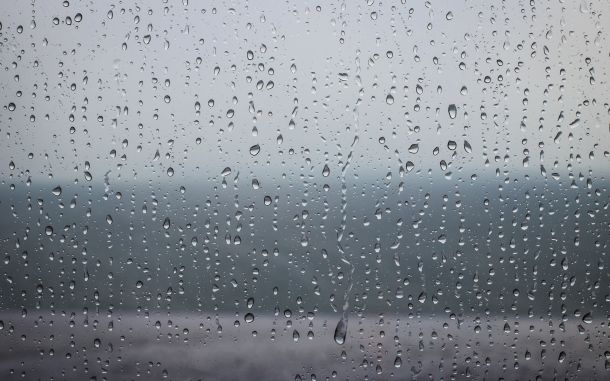The Giant Mirror of Earth

In This Article
-
Located in Bolivia, near the summit of the Andes Mountains, Salar de Uyuni is the largest salt flat in the world. Originated from the gradual evaporation of several prehistoric lakes around 40,000 years ago, Salar de Uyuni reflects the sky above with a surreal ambiance.
-
The world is “a parade of mirrors that come and go one after the other.” Humankind is expected to contemplate deeply on the manifestation of Divine Names that reveal themselves in these mirrors and appreciate and love the One who these Names point to. Salar de Uyuni is not only a great mirror to the sky, but also to these truths.
Yes, our Earth boasts a colossal mirror—an awe-inspiring wonder known as Salar de Uyuni, situated in South America. This expansive salt flat acts as a pristine reflector of the sky above, with a surreal ambiance that transports visitors into a realm reminiscent of a fantasy world. Adding to the allure, this location houses the world's inaugural salt hotel (Palacio de Sal), providing accommodation for local miners extracting minerals from the region and tourists eager to explore this captivating expanse. Subsequently, more structures emerged alongside this pioneering salt-built hotel, accentuating the area's unique charm. The flat’s white, glowing salt space occupies 10,582 square kilometers and can be seen even from space [1]. In the center of the circular structure of the flat are layers of salt between sedimentary deposits that reach a depth of 10 m. It is thought that the region contains a total of 10 billion tons of salt. But the real treasure for the locals lies beneath the salt bed, where about 70% of the world's lithium reserves are located. The extraction of this light metal, which is especially used to power laptops, smartphones, and electric cars, is the most important element of the industry here.
Salar de Uyuni is located in the southwest of Bolivia, in the province of Daniel Campos in Potosí, as the largest salt flat in the world. It is located at an altitude of 3,656 m above sea level, near the summit of the Andes Mountains [2]. This remarkable location originated from the gradual evaporation of several prehistoric lakes around 40,000 years ago. Currently, its surface, which has a dazzling flatness, is covered with several meters of salt crust. After rain, a delicate layer of tranquil water transforms the terrain into a massive, 129 km diameter circular mirror.
In the eyes of believers, God transforms all His creation from one state to another. Much like a magnificent work of art, Salar de Uyuni undergoes a breathtaking metamorphosis with every passing season. One such state reveals itself as one of a kind experience when one tries to cross this salt flat in a snowstorm [3]. This journey offers its passengers an incredible adventure as they move amidst white salt, snow, and clouds, with a frictionless sense of speed similar to sliding, very little visibility, and a lost sense of direction.
When the snow stops and the clouds disperse to reveal the deep blue sky, salt flat is visible uninterruptedly up to the horizon. All that can be seen now are multi-sided (usually pentagonal or hexagonal) salt plates, which evoke a sense of eternity. These sheets, each about a meter wide, curl and bump into each other at the edges. Each a magnificent creation, these blocks are almost as hard as concrete. The salt layers are also porous and look like a somewhat irregular shape of a honeycomb, as well as muddy brown layers from wind-borne dust.
Starting in December and lasting until March, the Salar de Uyuni experiences its rainy season. This period sees the extensive region being washed anew as rainwater fills its pores. During this time, the water filters the salt, which later resettles as the water evaporates, forming a dense crust several millimeters thick on the surface. This annual process of cleansing and re-sedimentation renders the area's surface remarkably smooth, solid, and level, transforming the lake's expanse into a breathtaking mirror.
Perhaps, everything in the universe is a mirror. As scholar Bediuzzaman said, the world is "a parade of mirrors that come and go one after the other" [4]. Humankind is expected to contemplate deeply on the manifestation of Divine Names that reveal themselves in these mirrors and appreciate and love the One who these Names point to. Salar de Uyuni is not only a great mirror to the sky, but also to these truths.
In order to understand the art of our Lord, it is easier to draw attention to the subtleties of plants and animals and to show that a clear knowledge and will are displayed. But sometimes such inanimate rocks, lakes, rivers, minerals and mines also whisper a lot to the one who knows how to look. For nothing is outside of His knowledge, power, and art.
References
1. “Uyuni Info”, www.salardeuyuni.com/info/
2. "Salar de Uyuni", en.wikipedia.org/wiki/Salar_de_Uyuni
3. Stewart D. Redwood, "Salt of the Earth (Salar de Uyuni, Bolivia)," January 1988, www.researchgate.net/publication/334432282
4. Bediuzzaman Said Nursî, Words, Istanbul: Şahdamar Publications, 2010, p. 218.









